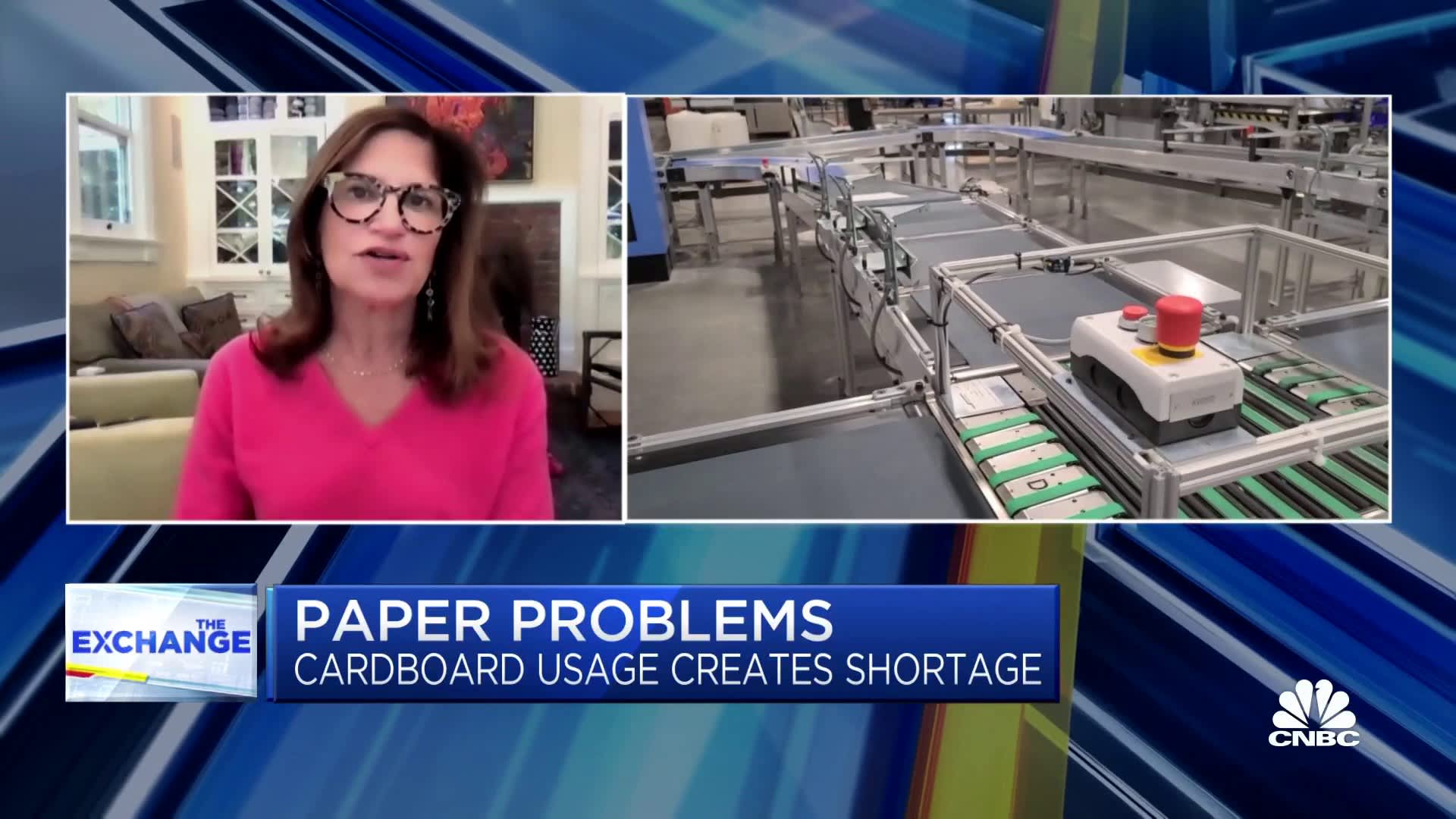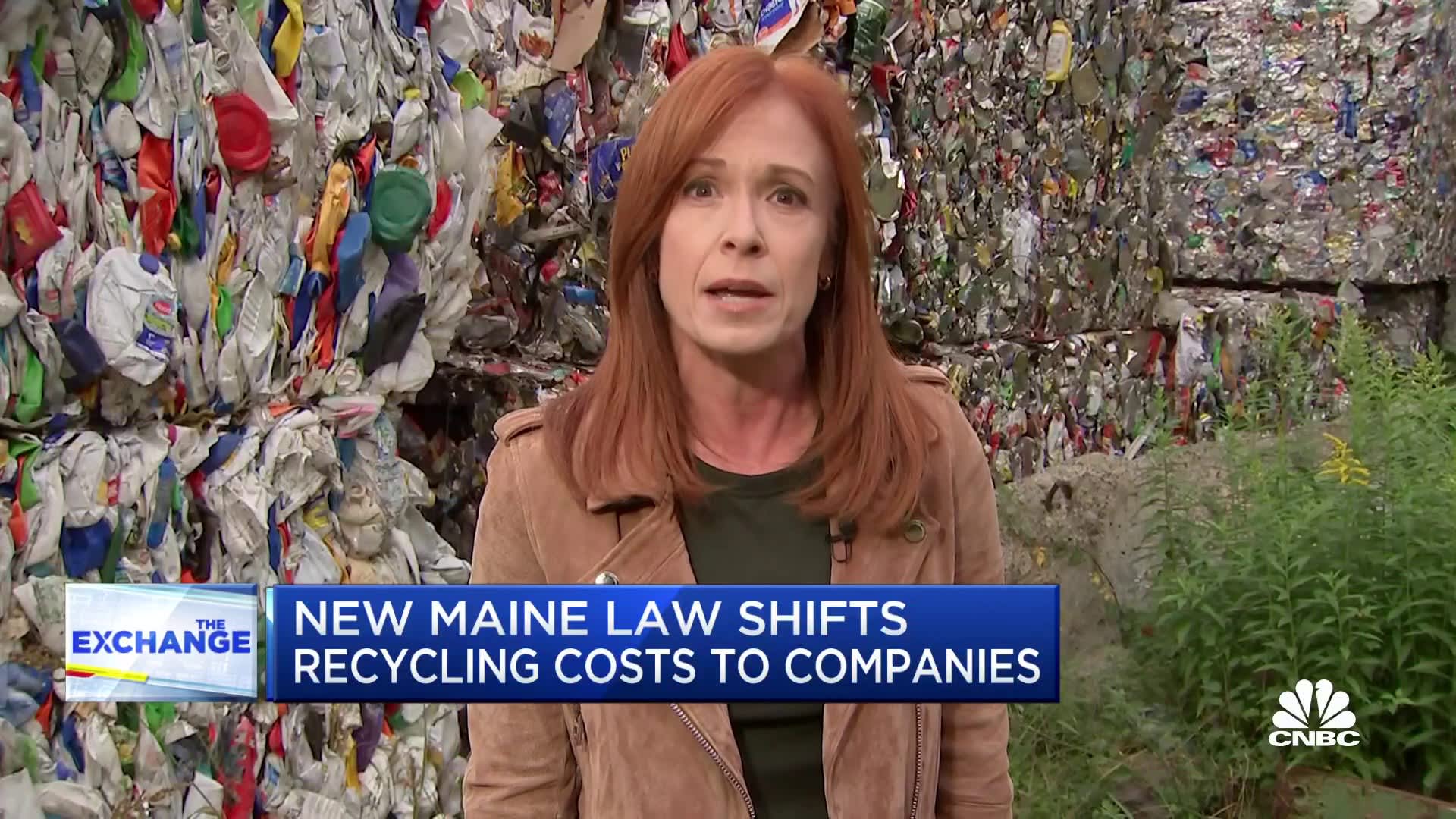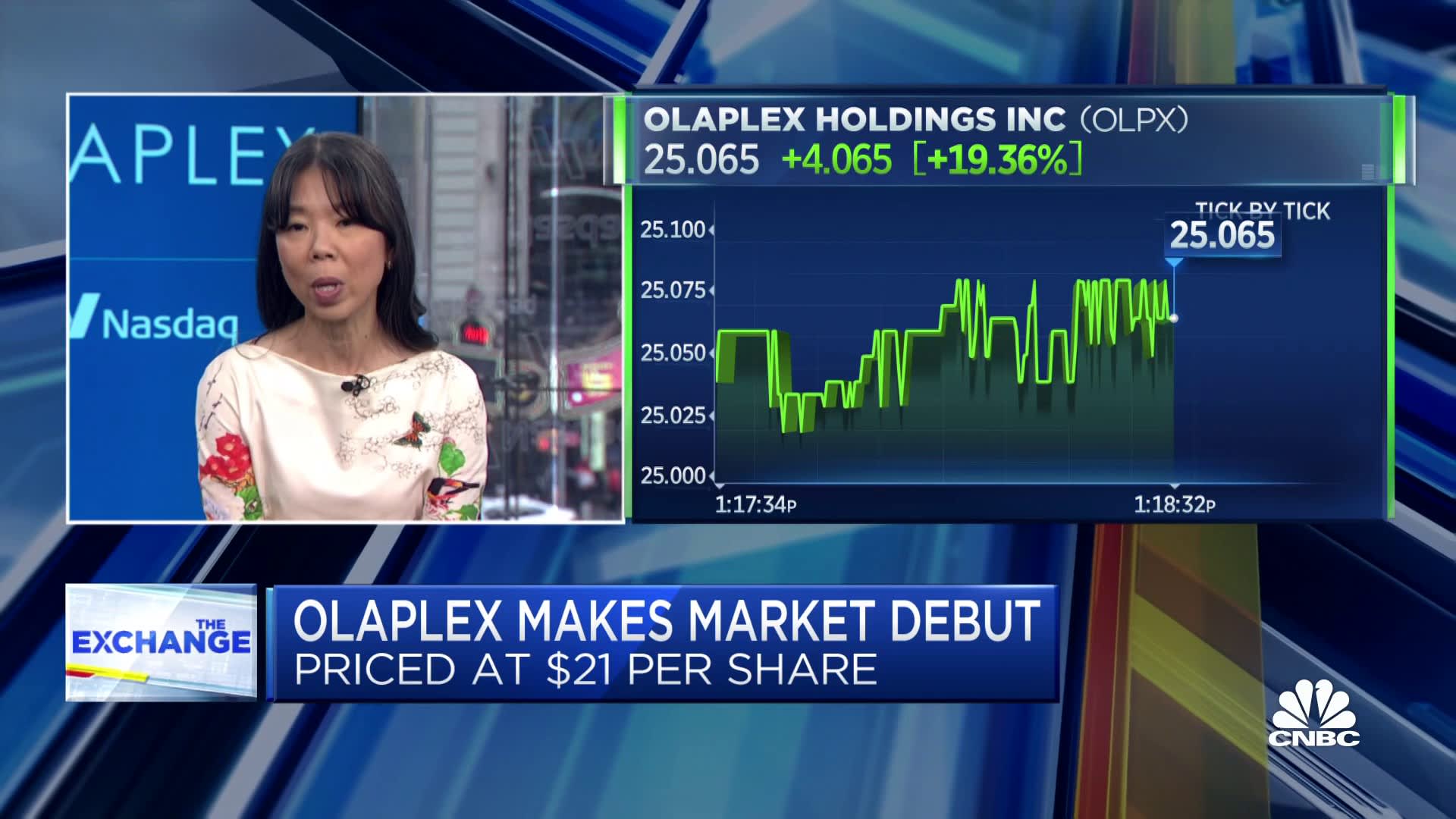EDITOR'S NOTE
It has been a head-spinning 18 months, with a massive explosion in government spending and debt, unprecedented direct stimulus to U.S. households, an exponential rise in new cryptocurrencies and stablecoins*, and a creeping feeling amongst the public that all of this must somehow come home to roost in some unwelcome form.
The humongous surge in cash being parked at the Fed's reverse repo facility--which hit $1.6 trillion yesterday!--is often described as a case in point. But in fact, it may well illustrate not the growing fragility of the financial system, but the soundness of the new financial order unfolding before us.
This is the argument that Zoltan Poszar of Credit Suisse has been making. Or as he put it on the Odd Lots podcast last month, "I think that the way all this is clearing in the system is actually quite beautiful." And don't just think he's speaking in his own self-interest--the flip-side of beautiful is "boring," and that's exactly what this short-term rates specialist expects in short-term Treasury and related funding markets in the coming years.
Boring?! Yes. The Fed, Poszar explains, has been quietly reshaping the way funding works to attract new entrants who are likely to stabilize demand for U.S. Treasuries for the next several years--exactly what the government needs.
In that sense, the standing repo facilities the Fed launched this summer are just as significant, if not more so, than the cash the Fed is taking in under its reverse repos every day. Their existence--which can be tapped by not just the typical dealers but also foreign central banks and, starting today, smaller U.S. banks--means that in the next crisis, all those players can go directly to the Fed, anonymously, for liquidity, instead of desperately hitting up other costly sources. "That's going to be a massive help for everyone else in the system," Poszar says.
The added advantage is that it backstops demand from these players for U.S. Treasuries, by always being available to take them off their hands. If just five foreign central banks buy $60 billion Treasuries--the current counterparty limit--"that's half the taper!" Poszar says. In other words, it offsets the expected loss of Fed buying of Treasuries next year, which helps keep rates from spiking. It's no accident, Poszar notes, that after the standing repo announcement, there was a "blockbuster" auction of 10-year Treasuries in August that saw record foreign demand.
So the Fed on the one hand now has tools to keep rates from spiking (and to nurture demand for Treasuries), and on the other hand, with the daily reverse repos, to keep rates from going negative. That's basically what the reverse repos aim to do. They absolutely are a sign of excess liquidity in the system--banks don't want all these low-quality "deposits" from the Fed's QE, which swell their balance sheet and make them hold extra capital. They'd rather have real deposits from real people.
"If in the morning they have cash coming in they don't have a use for, they can just push that cash out in the afternoon," Poszar explains. It's also a floor for money-market funds with excess cash, so the Fed can help keep the entire rates complex from going negative. Expect demand to remain high for quite awhile, until other parts of the short-term funding markets offer better opportunities.
Long story short, the Fed now has methods in place to keep rates from spiking too high, from falling too low, and to keep enticing major players to buy Treasuries they can always return to the Fed in a pinch. "This is basically the future," Poszar says. "The most important marginal buyer going forward will be the banks, which means it will also be a very stable form of funding the government." Foreign central banks, too, play a key part.
"This is a very stable era of the system that we are looking forward to," he says--at least in his area of short-term funding markets, and perhaps to the surprise of most of us still expecting a dramatic finale to the past 18 months of unprecedented government and Fed involvement in markets. But that's the irony. The involvement isn't over; it's actually become a permanent feature.
See you at 1 p.m!
Kelly
*There is so much available liquidity now, Poszar notes, that even if there were a run on a stablecoin that caused forced selling of, say, $60 billion of commercial paper, "what would happen in such a scenario? Nothing. A money fund complex that has [$1.6 trillion] stashed away" earning just 5 basis points would easily scoop up that higher-yielding supply.

KEY STORIES
IN CASE YOU MISSED IT
| ||||||||||||||||||||||||||||||||||||||||||||||||||||||||||||||||||||||||||||||||||||||||||||||||||||||||||||||||||||||||||||||||||||||||||||||||||||||||||||||||||||||||||||||||||||||
Jumat, 01 Oktober 2021
Our Brave New Financial Order
Langganan:
Posting Komentar (Atom)








Tidak ada komentar:
Posting Komentar